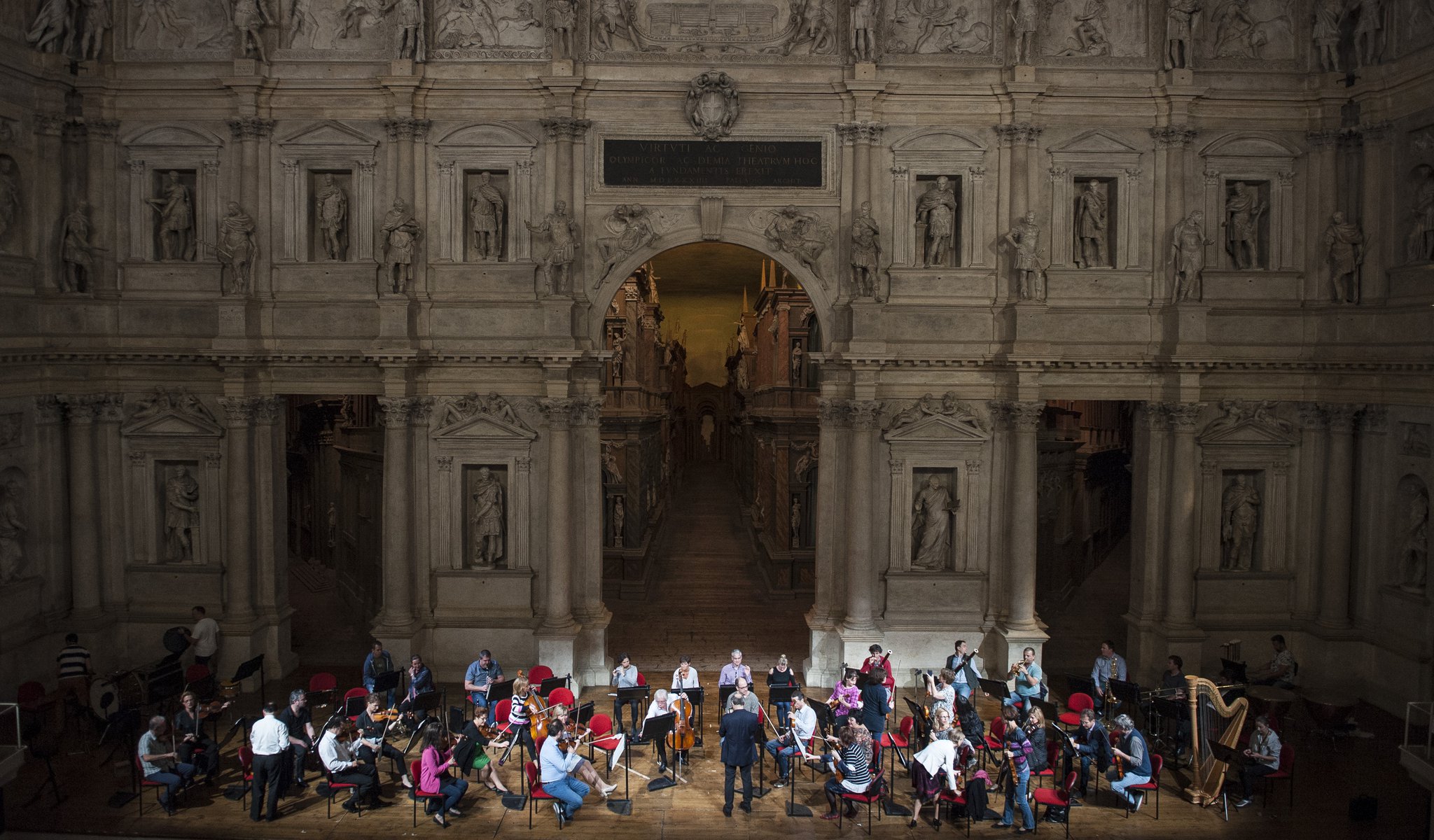
Program
Featuring
Other information
The event is about 2.5 hours long.
About the event
Man has an unfathomable relationship with nature and existence that can normally only be grasped through art, as this concert exemplifies. In his Symphony No. 6 Beethoven evokes memories of rural life, while also giving testament of his own love of nature. Mahler takes it one step further with his Das Lied von der Erde: the piece is about a sense of wonder felt at seeing the beauty of the world by someone who has suffered many losses and found solace in religion and art, and is at the same time a final swan song. It was described as “Something that probably can’t be put into words”, by the composer sensing his impending death. The vocal soloists of the symphony are Elisabeth Kulman from Austria, who can make “heaven open its gates” with her singing, and the British Toby Spence, with “sensitivity to all that the text imagery had to offer him.”
Beethoven said that his “Pastorale” Symphony was “more an expression of feeling (about the land) than a painting”. He was an avid hiker, and liked being away from the city―the symphony itself was completed in Heiligenstadt in 1808. Each of the five movements received a programmatic title. In the first one (“Awakening of cheerful feelings upon arrival in the countryside”) the multiple reiterations of very short motifs reflect Nature’s infinite repetition of patterns. The slow “Scene by the brook” begins with the strings’ playing a motif that evidently imitates flowing water. The woodwinds emulate bird calls of the nightingale (flute), quail (oboe), and cuckoo (two clarinets). The scherzo (“Merry gathering of country folk”) bringing the bumbling of people to life is followed by “Thunder, Storm” building from just a few drops of rain to a great climax. After the thunder dies away and the sun comes out, the piece is concluded by a hymn-like ‘Shepherd's song’.
Fearing the “curse of the ninth,” Mahler did not give a number to his tenth symphony, choosing instead to call it “The Song of the Earth.” He started composing the work after the death of his five-year-old daughter and his being diagnosed with congenital heart defect. He added two vocal soloists to the orchestra and selected poems from Hans Bethge's “The Chinese Flute,” which helped him move on. This magnificent tribute to life has six movements. “The Drinking Song of Earth's Misery” is a toast to death, followed by a lengthy oboe solo introducing the lethargic “The Lonely One in Autumn.” The Chinese pentatonic idyll (‘Of Youth’) is followed by the nostalgic ‘Of Beauty’ with march-like interludes. After the resigned ‘The Drunken Man in Spring’, the half-hour ‘The Farewell’ concludes the work. Arnold Schönberg has transformed the piece, in many places exuding a chamber music atmosphere, into a version intended for a small orchestra; the result, despite the smaller ensemble, preserves all the color and nuance of Mahler’s original music.